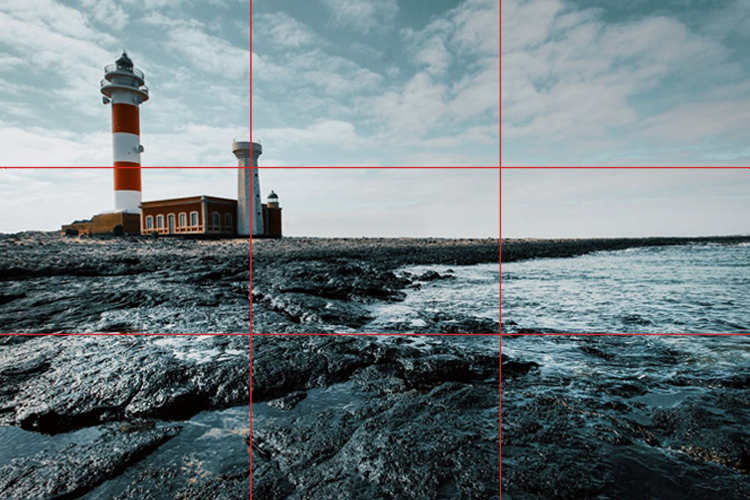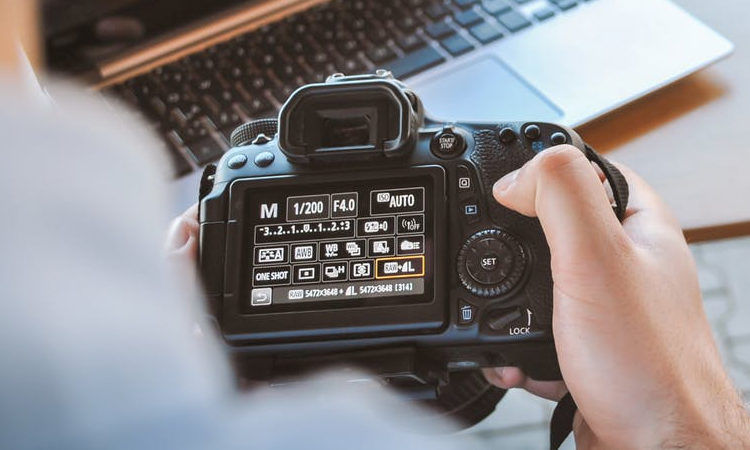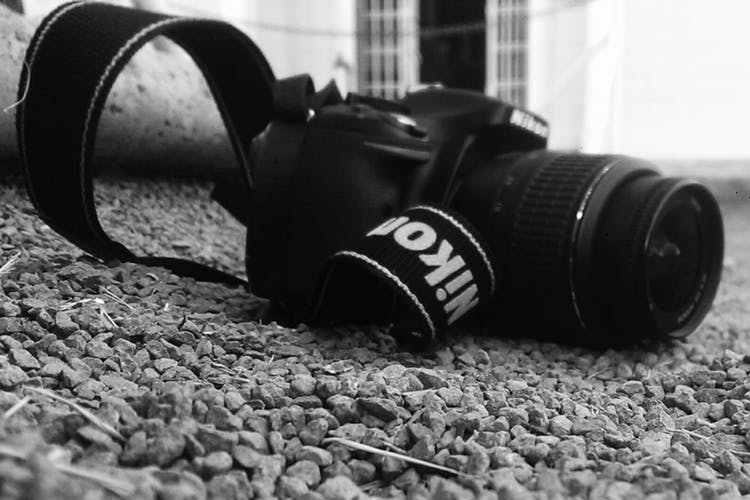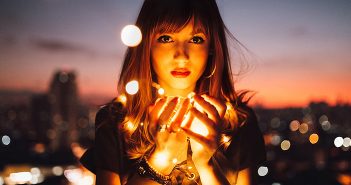DSLRs are getting affordable and more convenient to operate in the digital age. It is a great experience to express your thoughts creatively via visuals. In photography, there are a few basic or traditional concepts one should follow while capturing images. It will also provide you better control on the DSLR cameras. Let’s learn some DSLR photography tips about the basic concepts that will offer good contrast, rich colours, and better composition.
DSLR Photography Tips: Rule of Thirds
It is the most common yet effective framing technique used by award-winning photographers and cinematographers. The rule of thirds enhances your compositions and brings balance to your snaps. To use this framing technique, you will have to enable the grid lines on the viewfinder or the LCD panel. These are basically two vertical and two horizontal lines that divide the image into nine parts.

While capturing shots, try to position the important objects of your frame near the lines and intersection. The basic idea of this rule is to avoid keeping your object always at the centre position. However, you can always experiment with your compositions and try different framing techniques.
DSLR Photography Tips: Polarised filters
Polarised filters play an important role when you are capturing landscape photographs. What do these filters do? It adds vividness and enhances the contrast in the images. Moreover, they avoid reflections in a scene and improve the contrast and colour saturation. You can easily capture some breathtaking pictures of the bright sky, waterfall, and foliage.
However, you have to understand and adjust the filters properly to get good pictures. You need to pay attention to the position of your camera and the direction of light. Apart from getting enhanced contrast and colours in the images, these polarised filters also protect your precious lens from dust and moisture. If you are not willing to spend money on different polarised filters, you can always try some DIY hacks on a single filter and get different creative effects in your images.
DSLR Photography Tips: Exposure Triangle

If you are serious about photography, don’t use the Auto mode provided on your DSLR camera. Instead, learn to master the Manual mode. One of the vital elements you should focus in Manual mode is the know-how of exposure triangle. This concept includes the consideration of three important variables– ISO, shutter speed and aperture.
The use of exposure triangle allows you to click images with balanced exposure. You will have to consider whether to adjust just one, two or all the three variables to get a perfect shot.
ISO is a term which decides the intensity of light towards the image sensor. Aperture is essential to adjust the depth of field, whereas the shutter speed allows you to control the sharpness or blurriness in the images.
DSLR Photography Tips: ISO settings
Like mentioned before, the ISO settings are responsible for the sensitivity of the image sensor. You have to adjust the ISO level according to the present lighting conditions of your location. It is the factor that can ruin your photographs and leave your images either under-exposed or over-exposed. In bright lighting conditions such as in daylight, try to keep the ISO level to 100 or 200. But, make sure you adjust the shutter speed to maintain contrast in photographs.

DSLR Photography Tips: Don’t use flash indoors
It is good option to use a flashlight to get brighter pictures. However, firing the flash is not the recommended method as it makes the object brighter than the other elements in the frame and feels unnatural. To avoid the use of flash, you can adjust a few camera settings like increasing the ISO level, use of image stabilisation, decrease shutter speed, and use the widest available aperture.
Another way to get more natural images in indoors is to use an external flash module which can be attached to the camera. Adjust the flashlight in such a way that it will be directed towards the ceiling and then reflected on the objects evenly.




